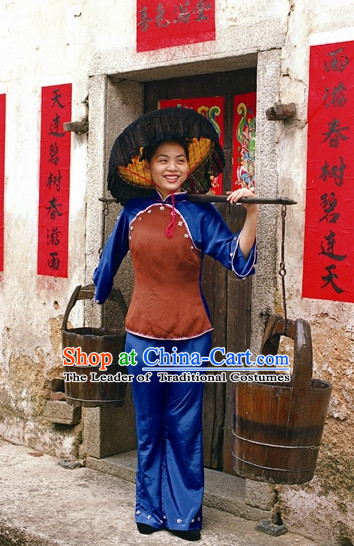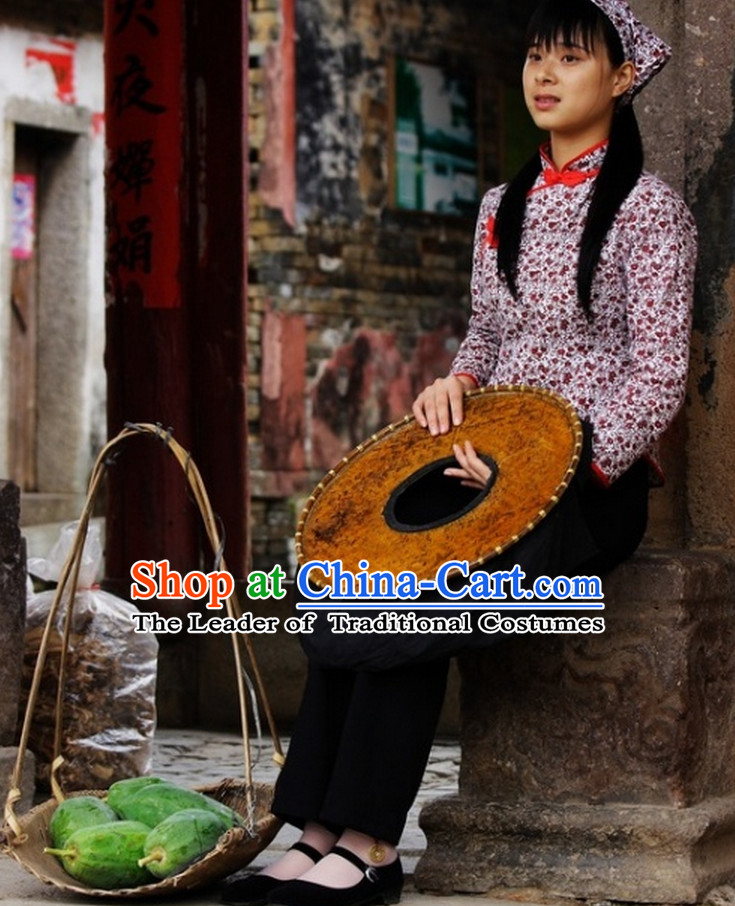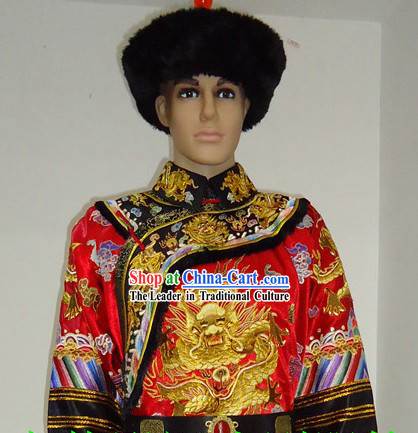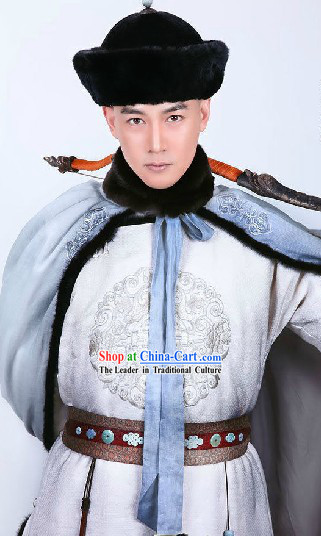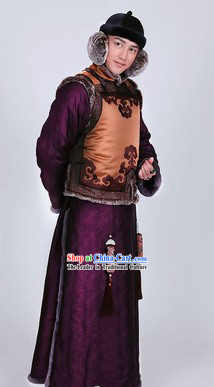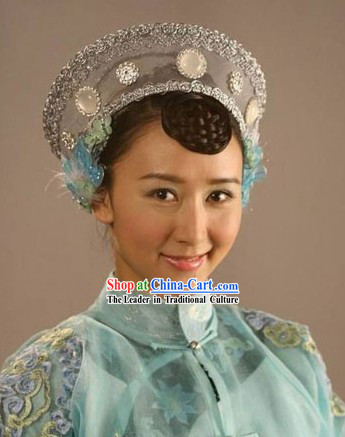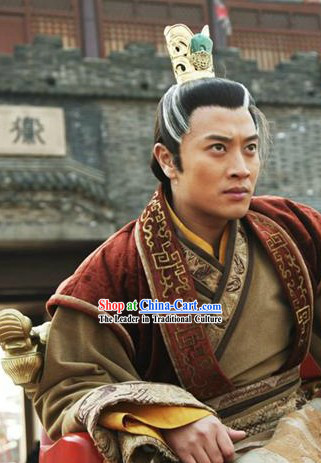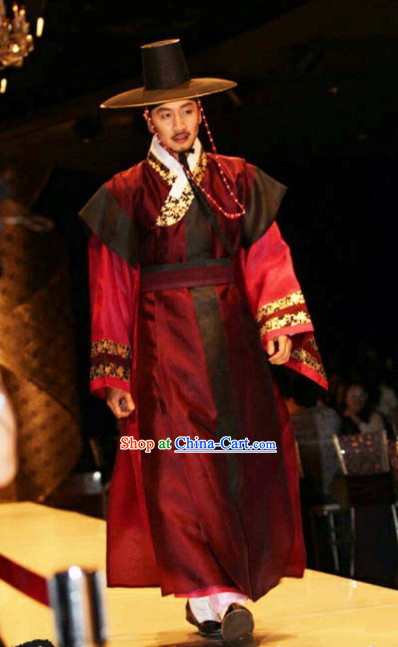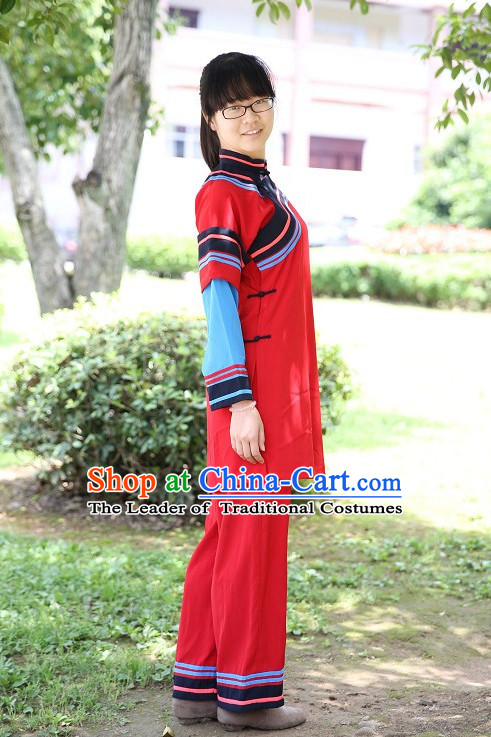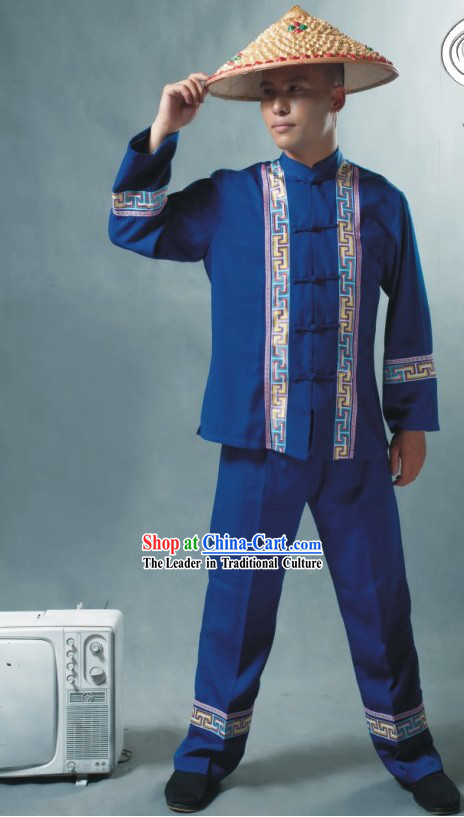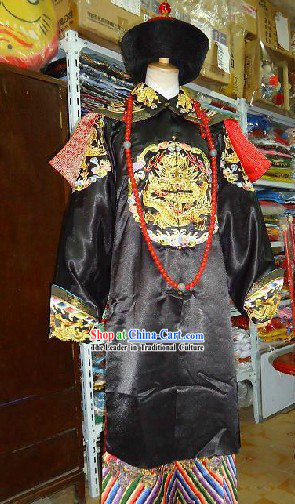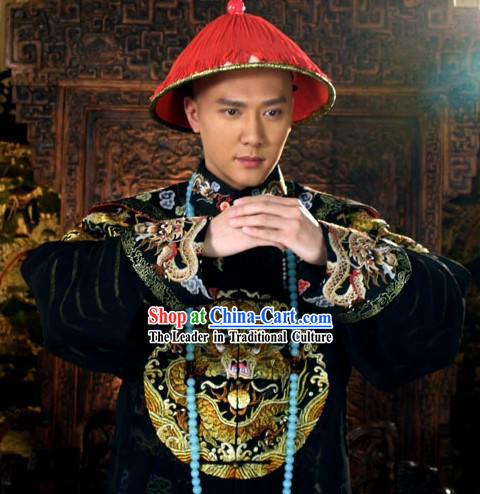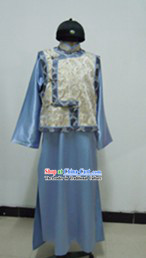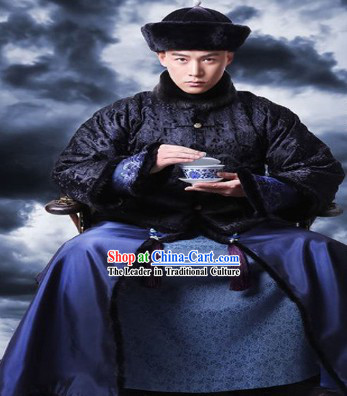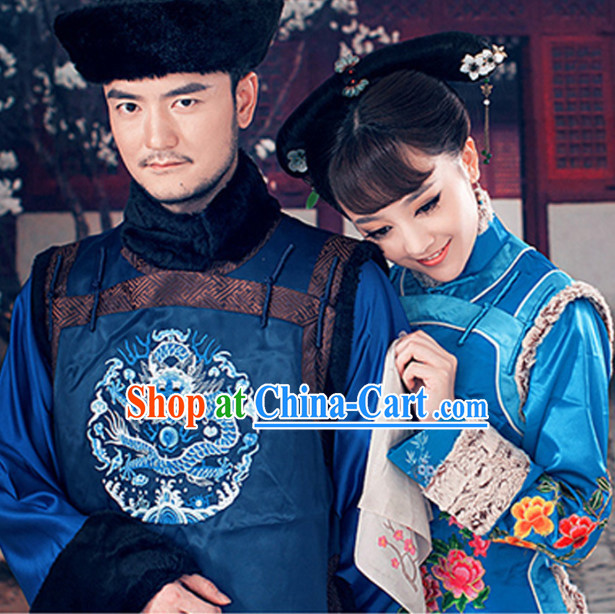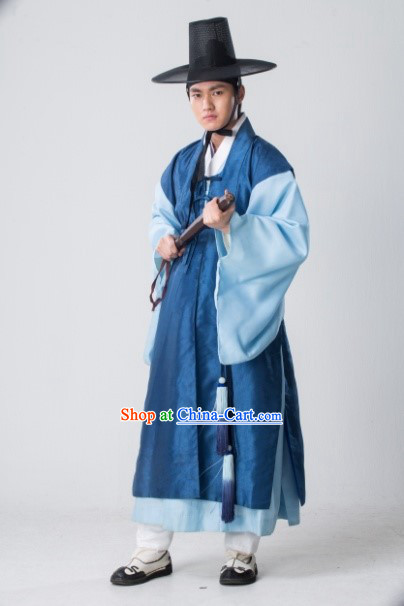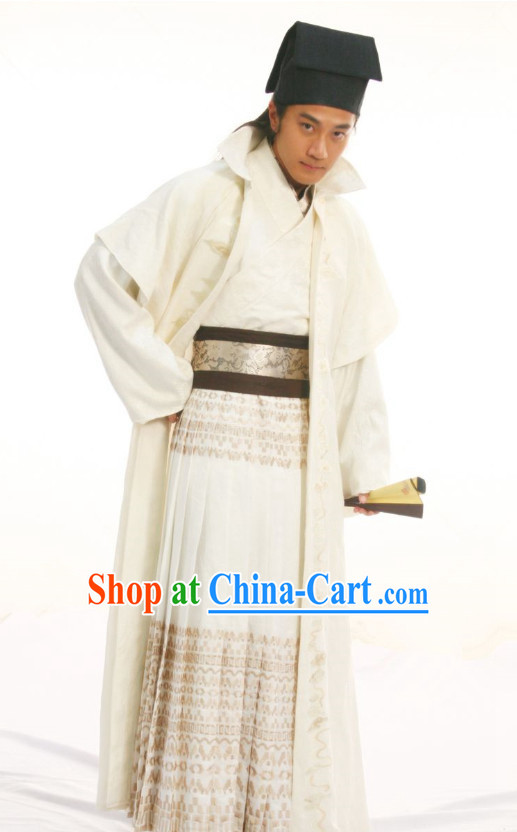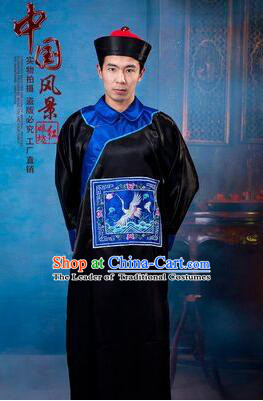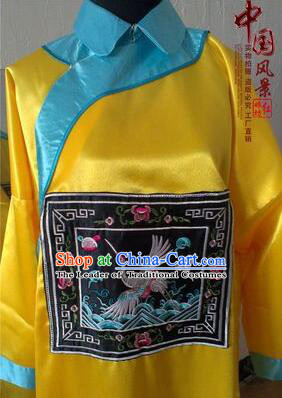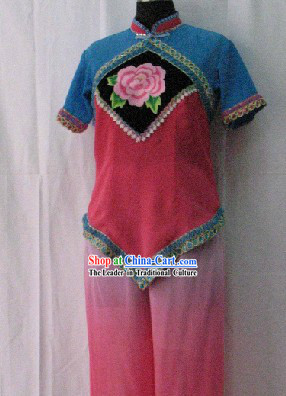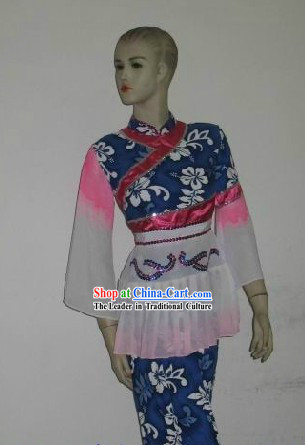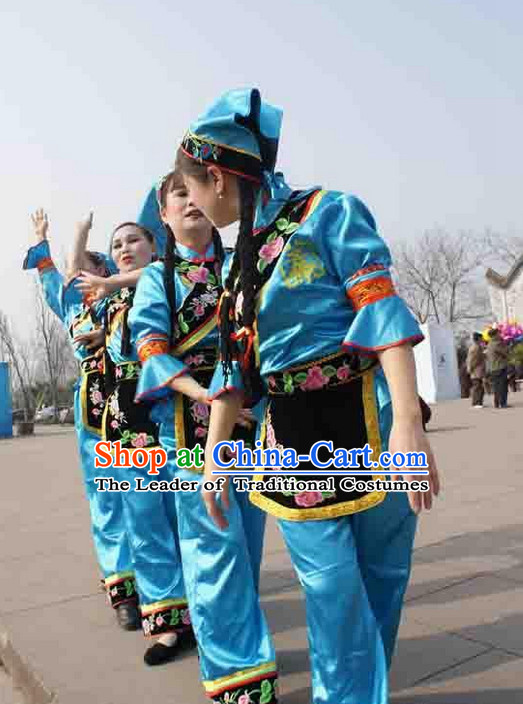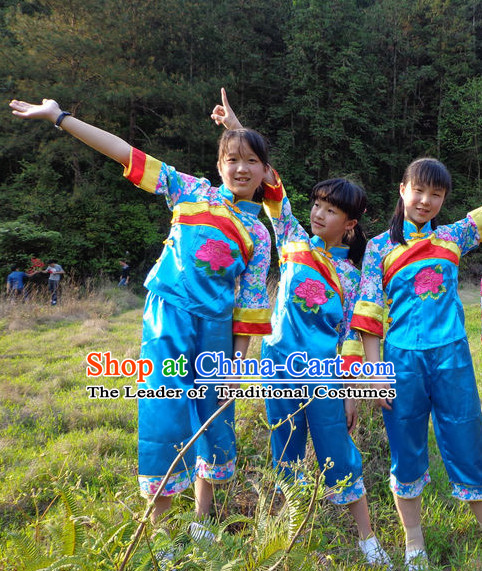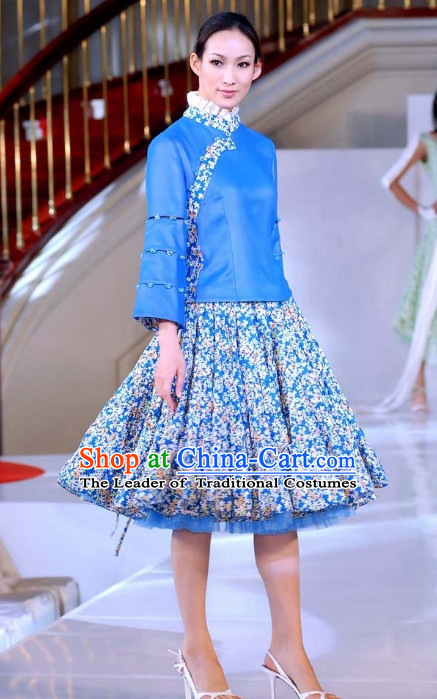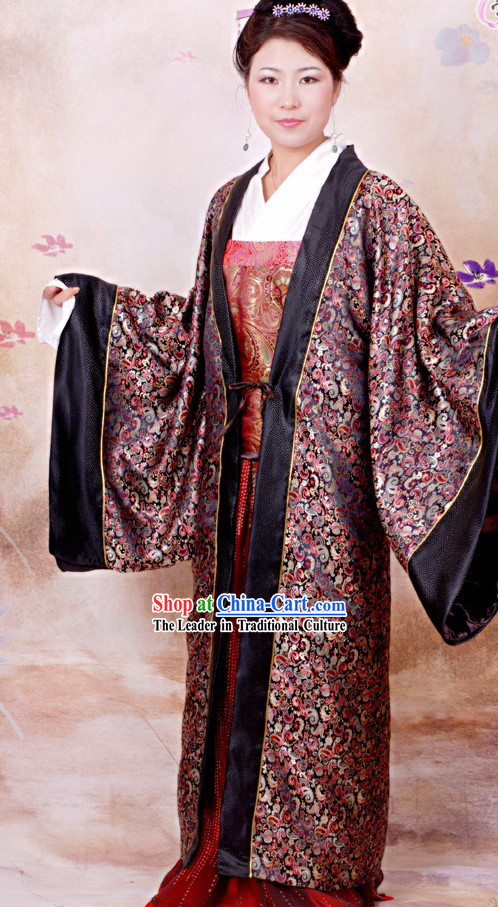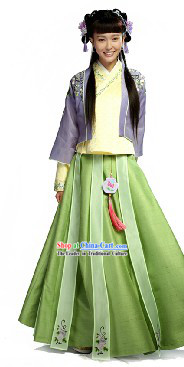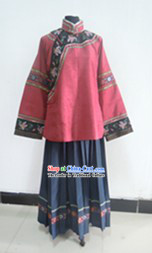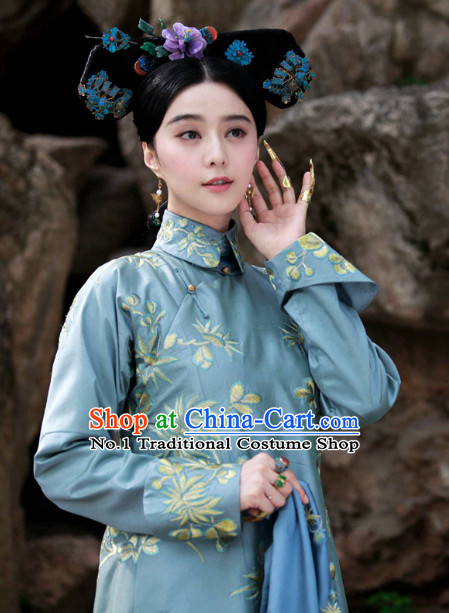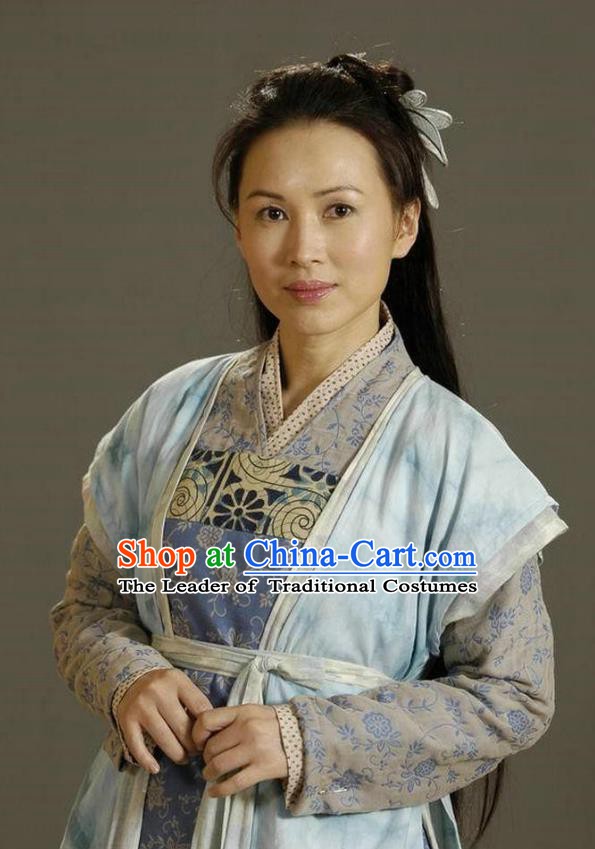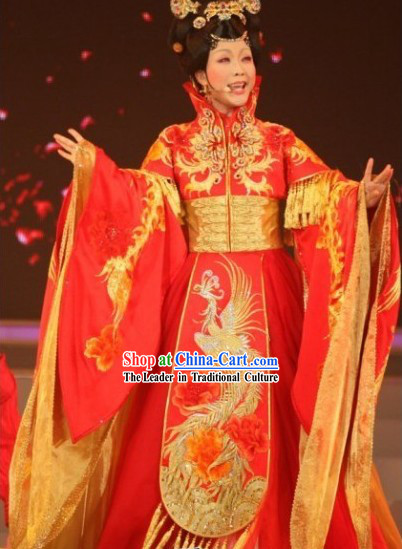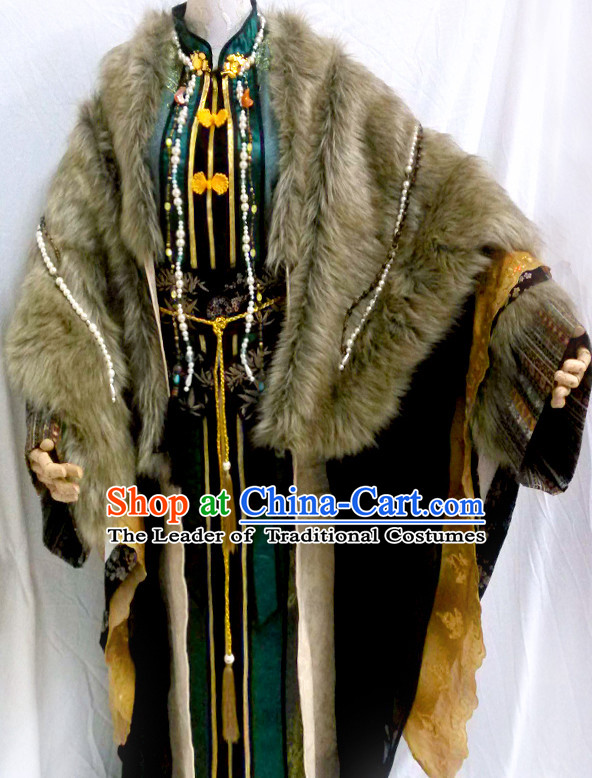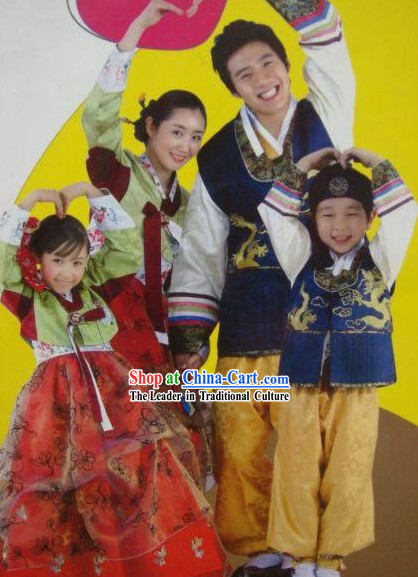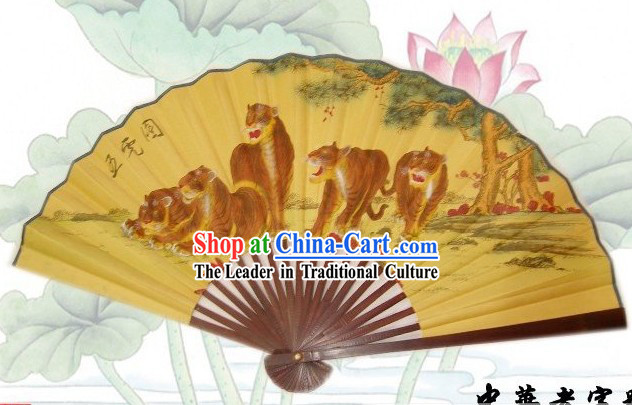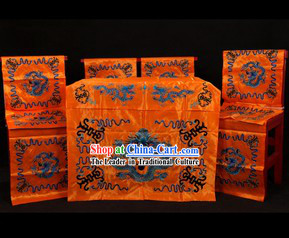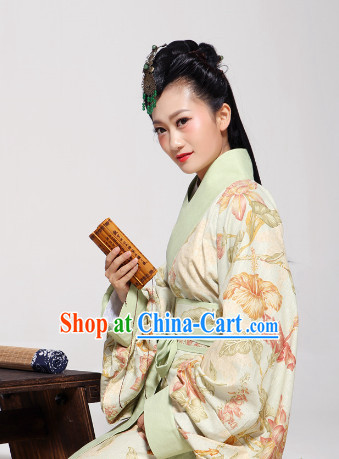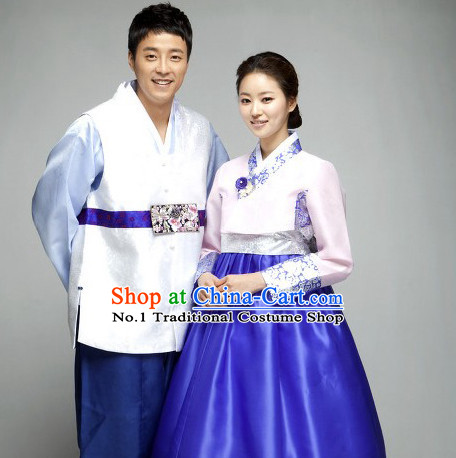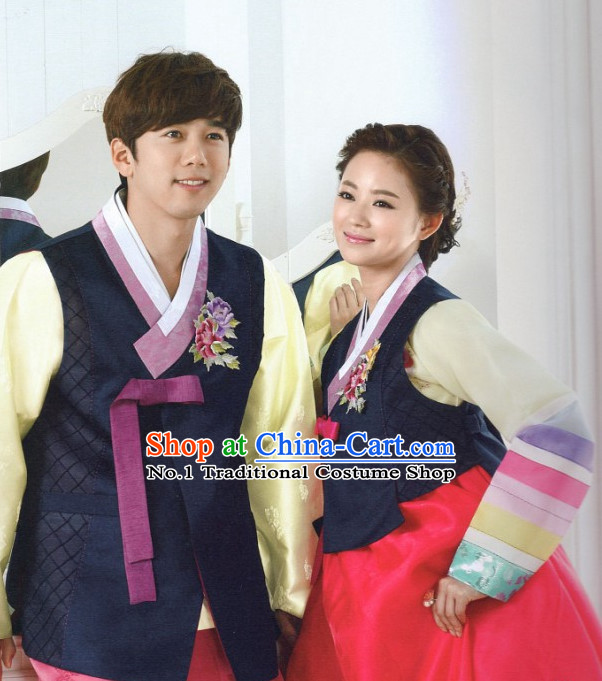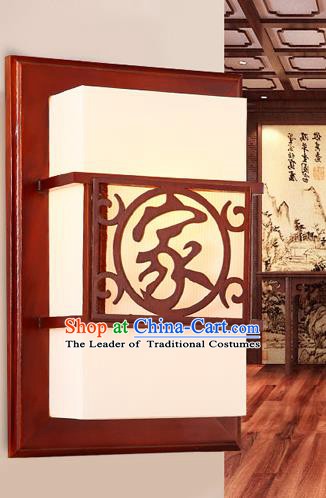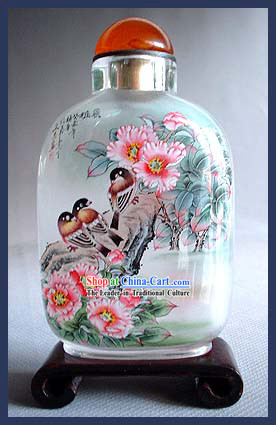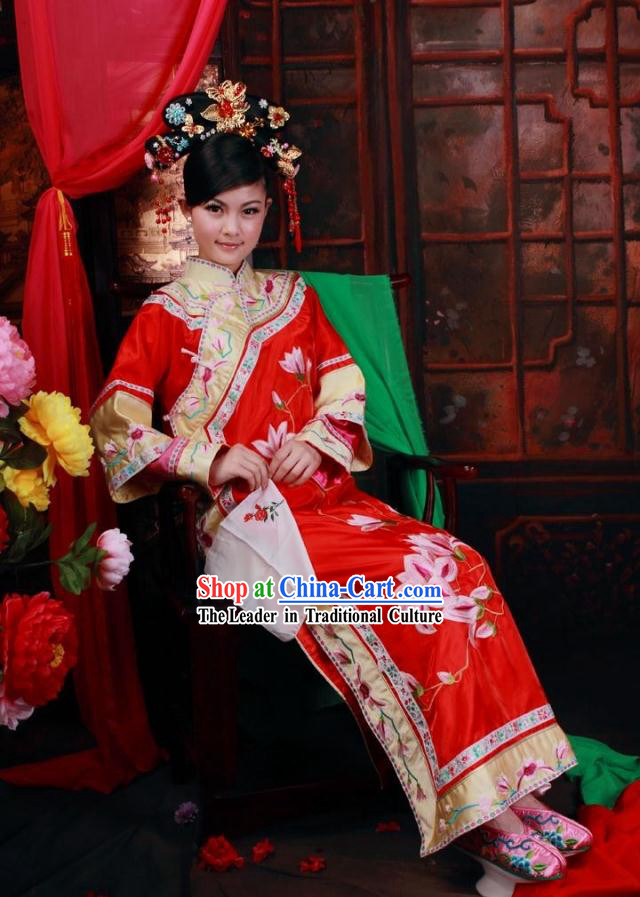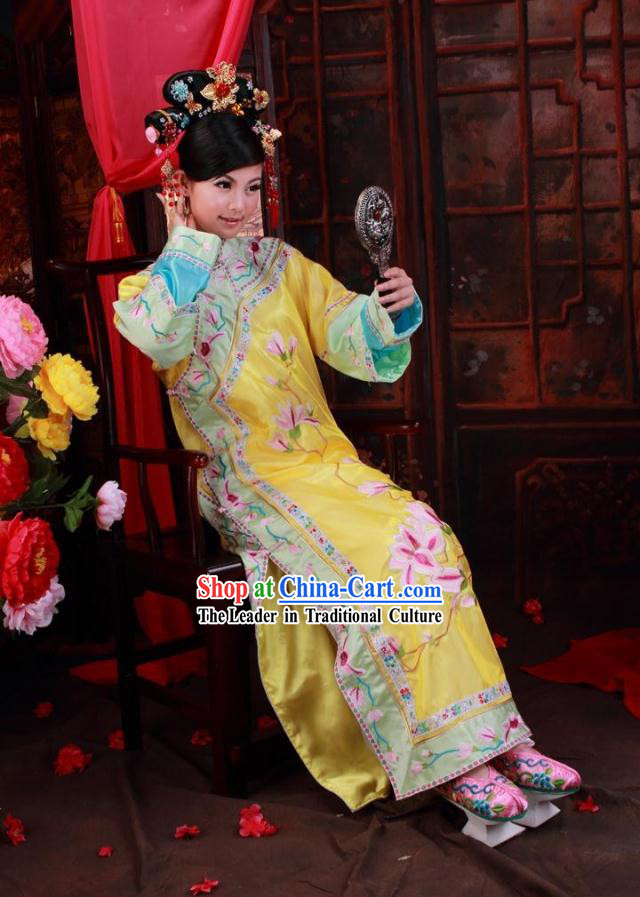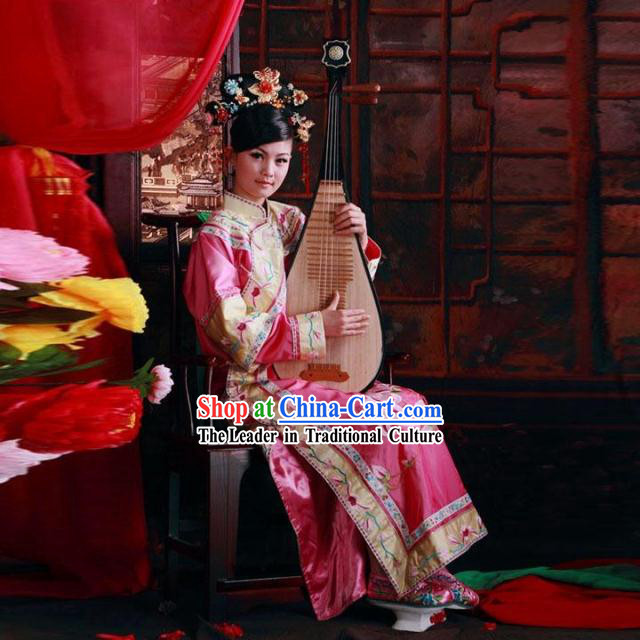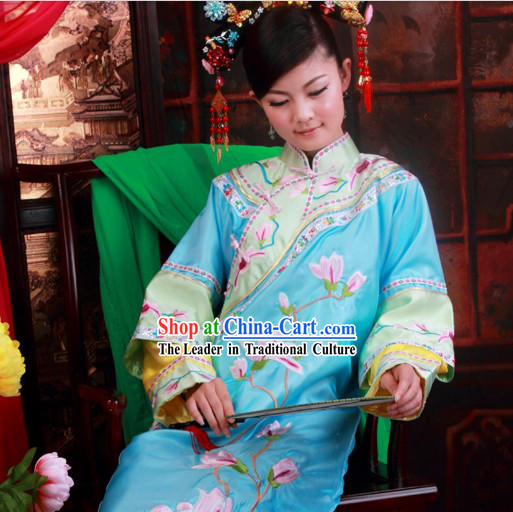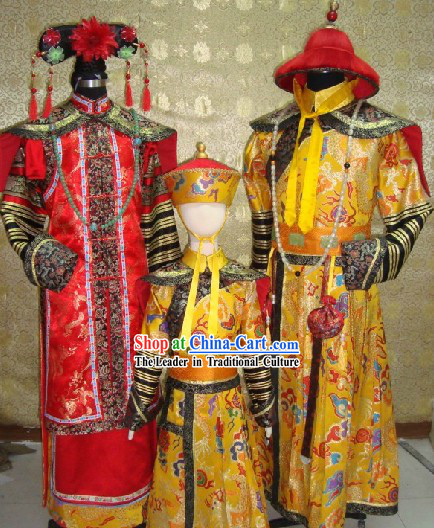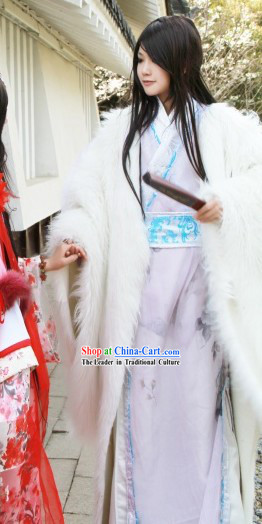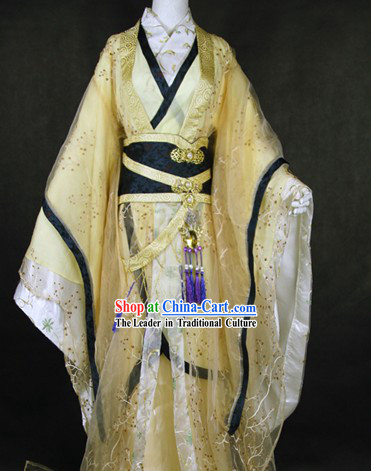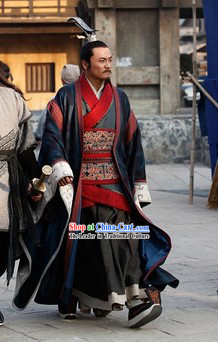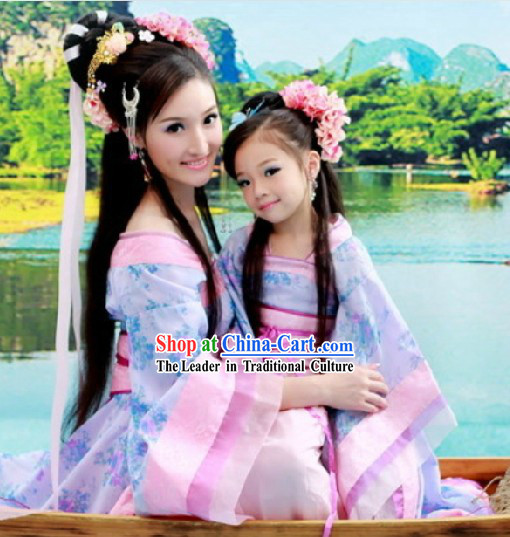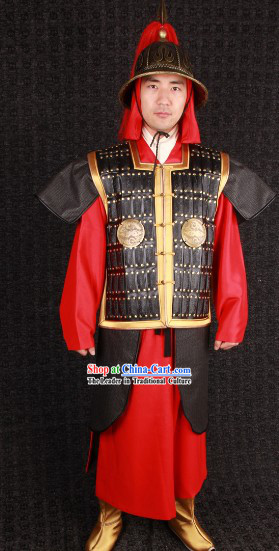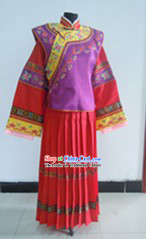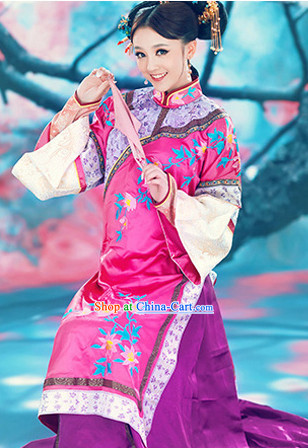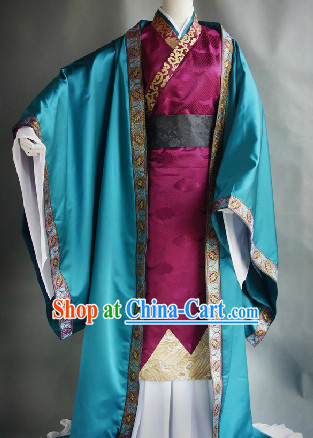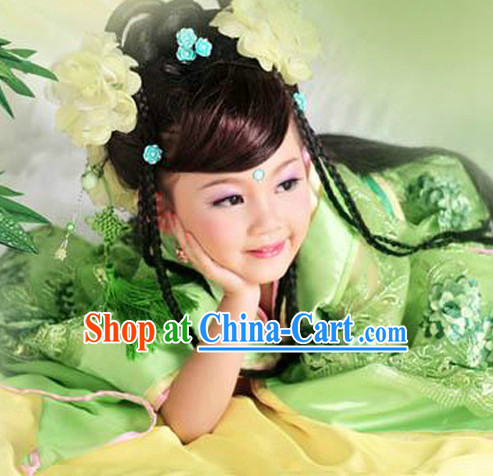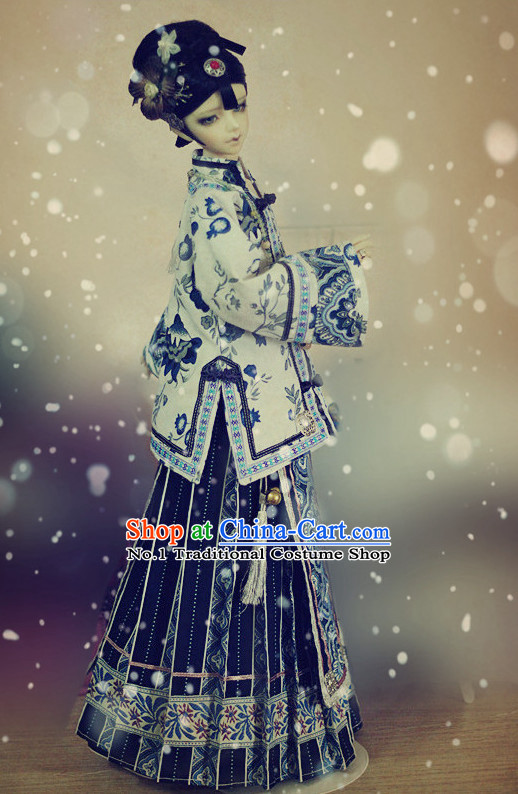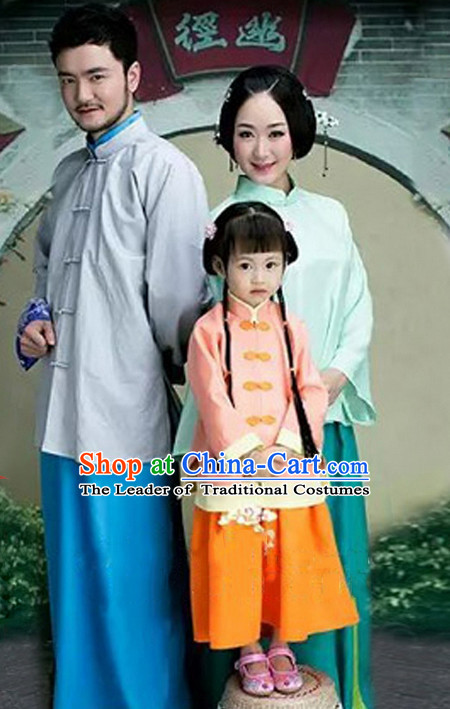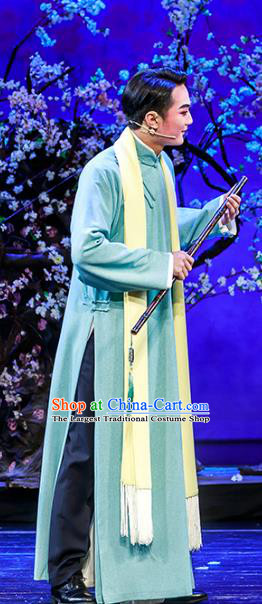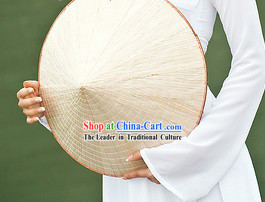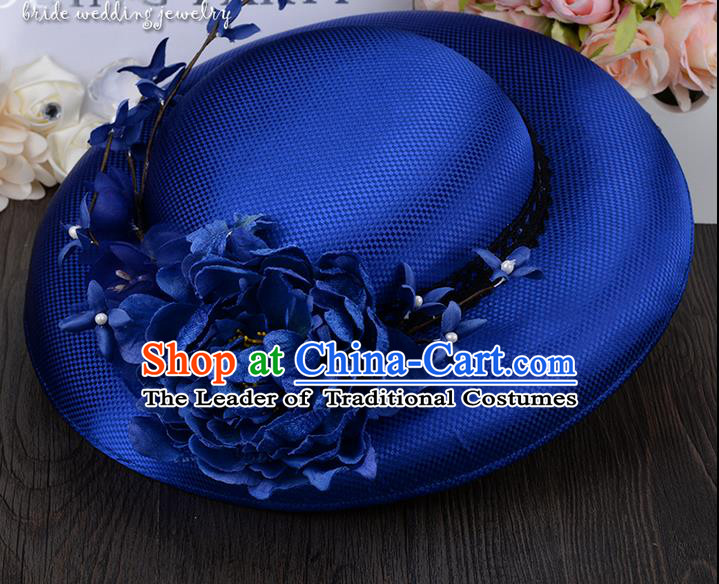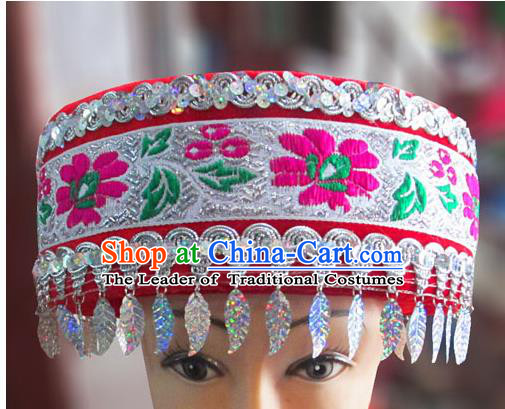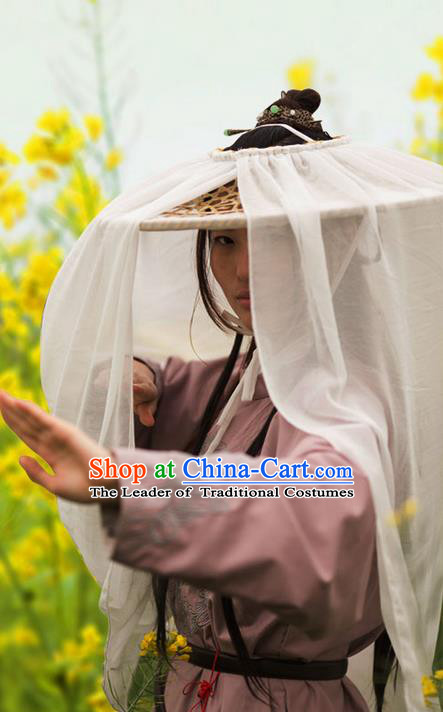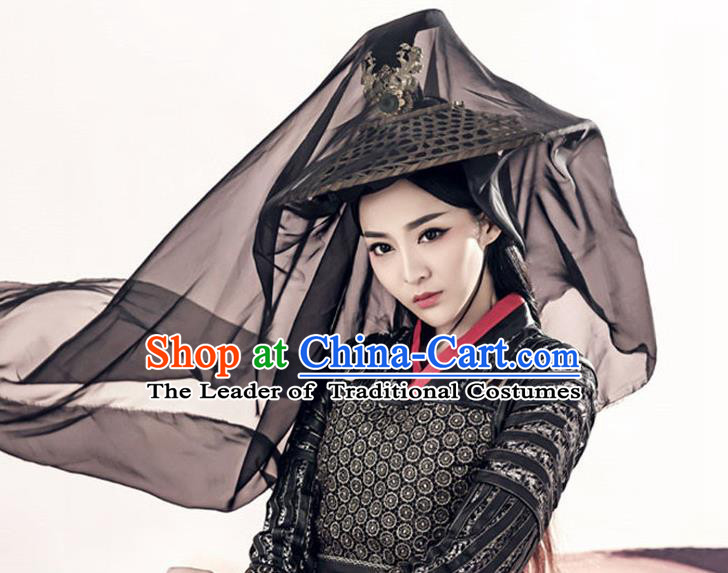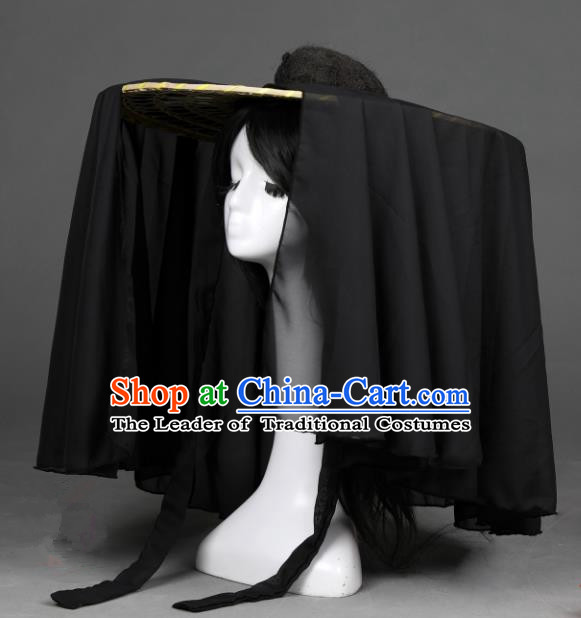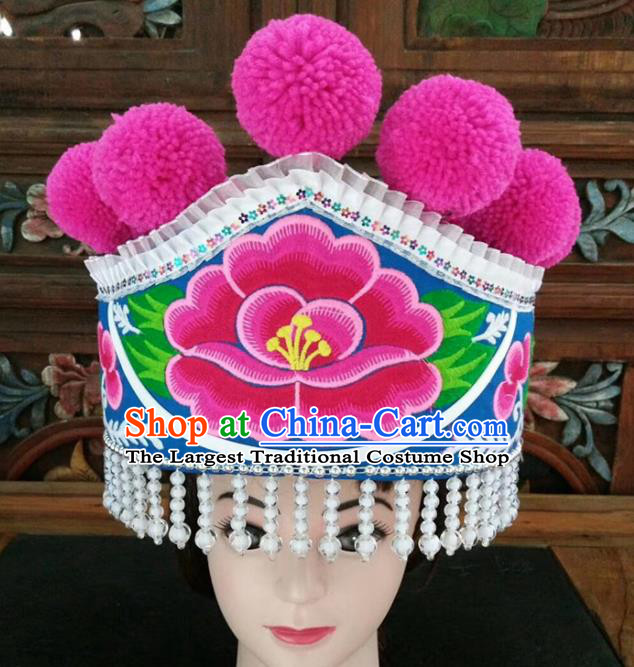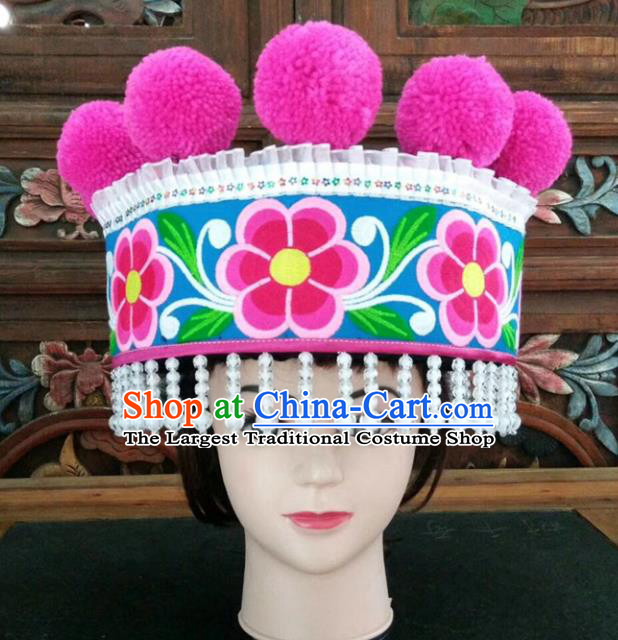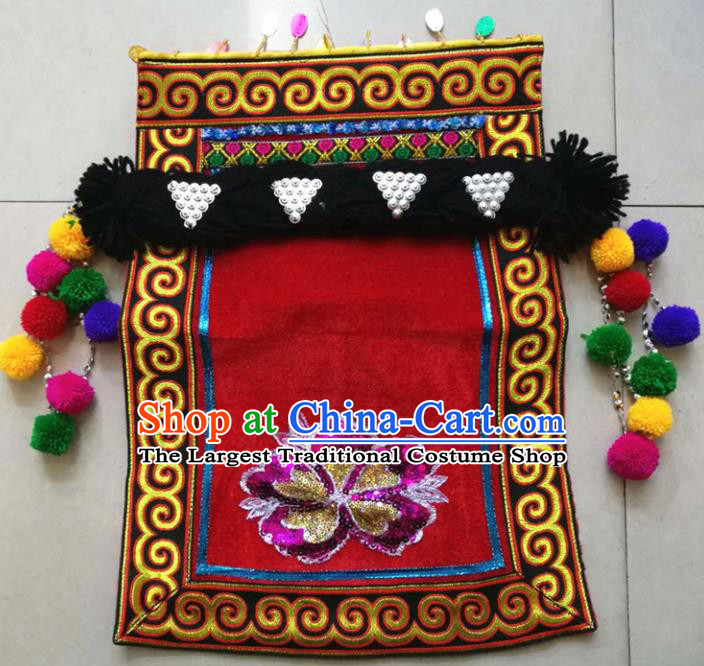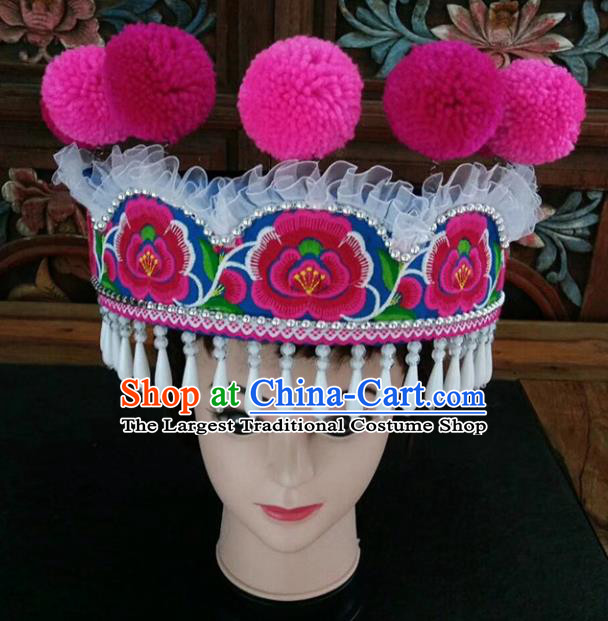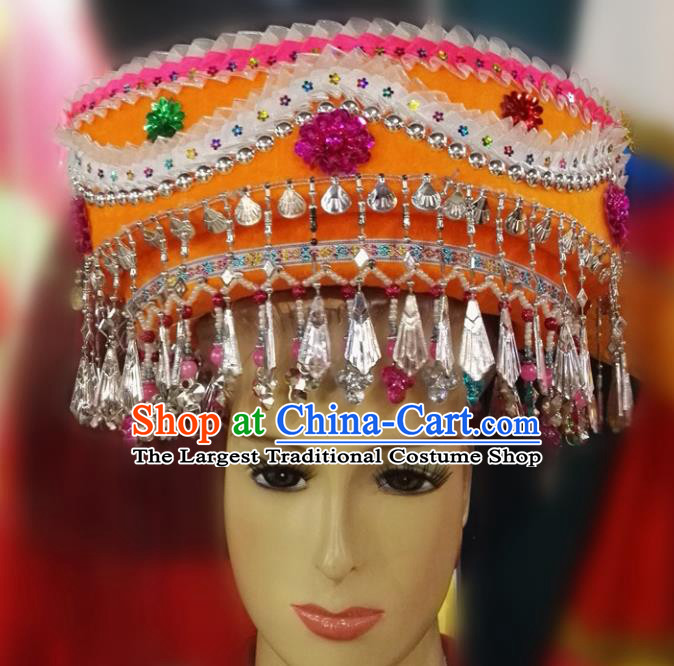
Click Related Pictures for More Audios:
Traditional Chinese Hakka Family Dresses and Hat for Women
The traditional Chinese Hakka family dresses and hats for women are a beautiful representation of the rich cultural heritage and history of the Hakka people.
These intricately designed garments have been passed down from generation to generation, showcasing the skill and creativity of the Hakka artisans who crafted them.
The dresses are made from high-quality materials such as silk, cotton, and linen, and feature unique patterns and designs that reflect the local culture and traditions.
One of the most striking features of these dresses is their vibrant colors, which range from bright reds and yellows to deep blues and greens.
The use of bold colors not only adds to the overall aesthetic appeal but also symbolizes good luck and prosperity in Chinese culture.
The intricate embroidery and beading on the dresses further enhance their beauty and make them a true work of art.
In addition to the dresses, the Hakka women also wear traditional hats, which are an essential part of their attire.
These hats come in various styles and sizes, with some being more elaborate than others.
They are often made from straw or other natural materials and feature intricate patterns and designs that complement the dress's overall look.
The Hakka family dresses and hats for women are not just beautiful pieces of clothing; they also hold significant cultural and historical value.
They serve as a reminder of the rich cultural heritage of the Hakka people and their dedication to preserving their traditions.
By wearing these garments, women not only honor their ancestors but also showcase their pride in their cultural identity.
In conclusion, the traditional Chinese Hakka family dresses and hats for women are a testament to the artistic skills and cultural heritage of the Hakka people.
Their vibrant colors, intricate designs, and unique patterns make them a true masterpiece of craftsmanship.
These garments not only add to the beauty of the wearer but also serve as a symbol of their cultural identity and connection to their past.
